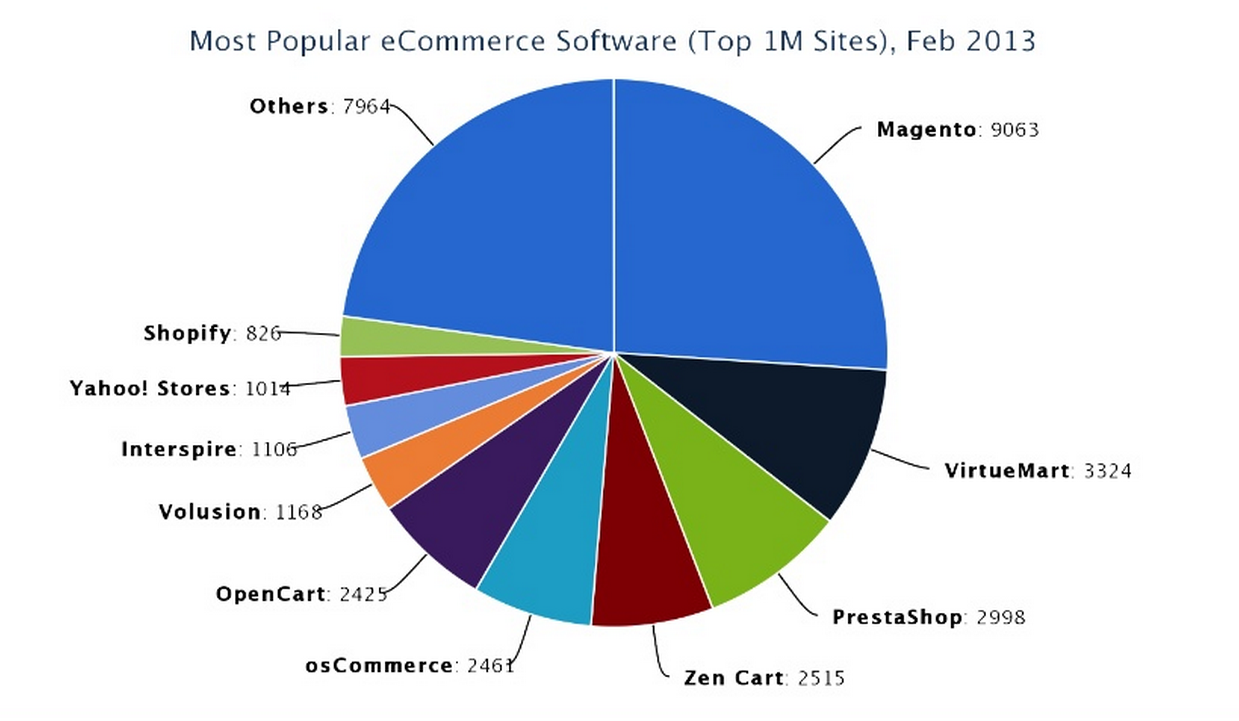GravityDept said
@ imraansarwar —Growth is not a constant measure. WooCommerce is certainly growing in the top 0.1M to 1M sites, but Magento is crushing it in the 0 to 1K and 1k to 10k benchmarks. Not discounting WooCommerce for getting on the map in a big way, but it’s actually harder to displace enterprise products so that’s a big testament to Magento.
Also consider growth relative to revenue. I doubt there are many (if any) WooCommerce stores earning $1M revenue. It’s for kicking the tires not growing a business into the SMB space. That’s specifically what Magento was designed for.
WooCommerce and to a large extent Shopify are perfect for micro-businesses, but it’s really not fair to compare them by number of stores to enterprise platforms. There are simply fewer enterprise customers (but much higher value). Totally different market.
I believe you need to install and try WooCommerce yourself. It has improved and changed to be much more robust compared to when it first came out. Even top ecommerce experts like Andrew Bleakley said so.
$1M revenue? Are you sure? SMB for ecommerce is considered below $5M, and Magento can’t really breach the market above it. As for WooCommerce and Shopify, they’re rapidly going after the enterprise customer, while still catering for the small bootstrap startup businesses.
Try starting with Magento and some extensions with thousands of products, and you’ll need more than just a sub $100/mo VPS. Try upgrading or adding in features like selling courses or tickets, and the price would be so much more than implementing with WooCommerce.
Can you mass import or mass edit products in WooCommerce? There are extensions for that. So yes, why can’t WooCommerce do whatever Magento does and do it better?
Plus, majority of Magento extensions are now priced for quarterly renewals. How are small shops or those bootstrapping their business, able to afford running a Magento shop, when WooCommerce does it better and cheaper? 
One thing that swayed me to WooCommerce instead of Magento is the fact of real-time incremental backups with unlimited images by Vaultpress. Try finding the same for Magento, and you’ll pay tons more of money 
p/s: Let’s not get into upgrading Magento. It might break your site. Read the tons of complains on Magento’s forums



